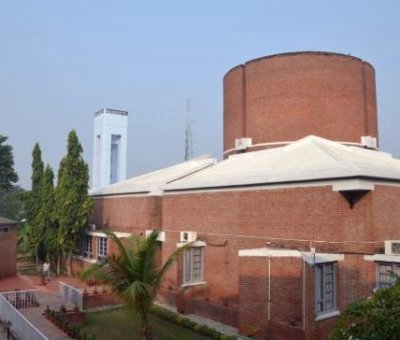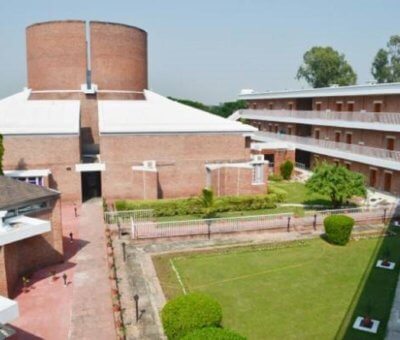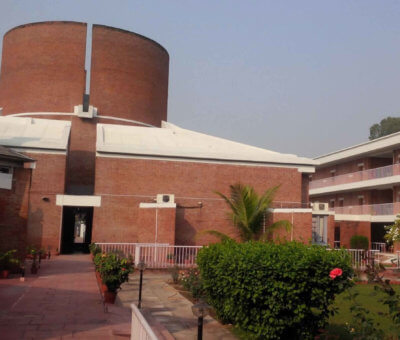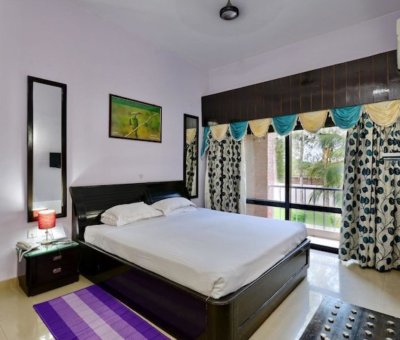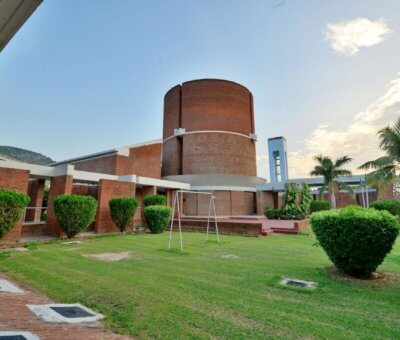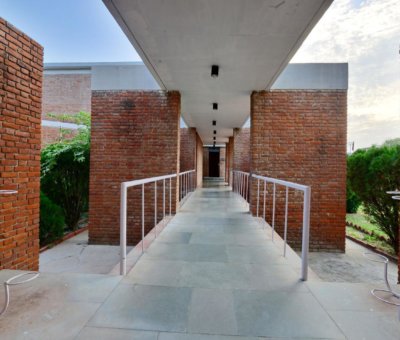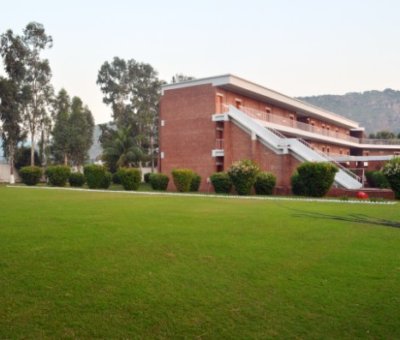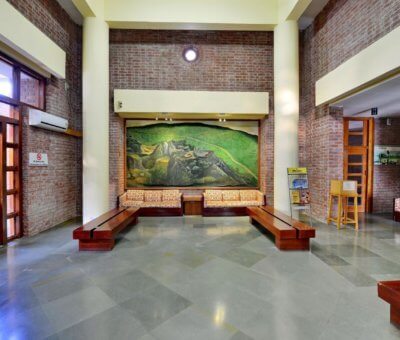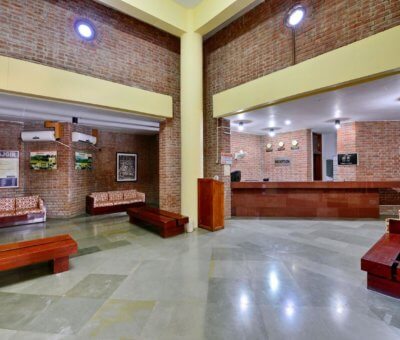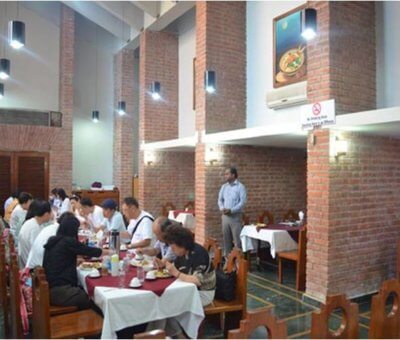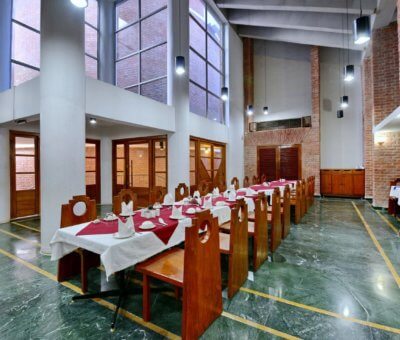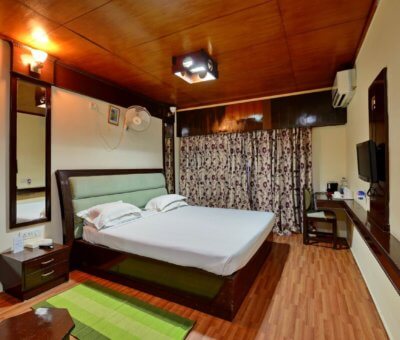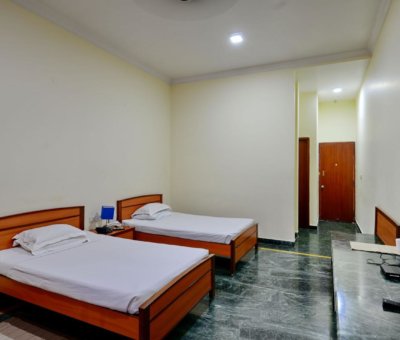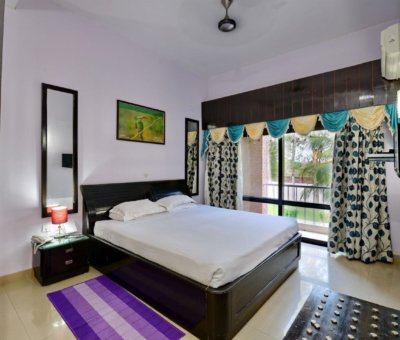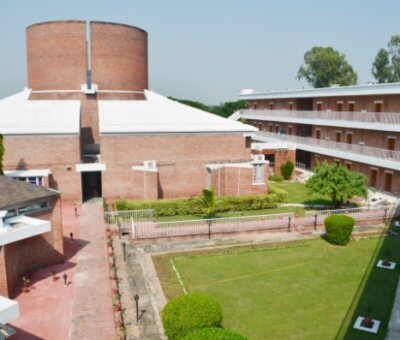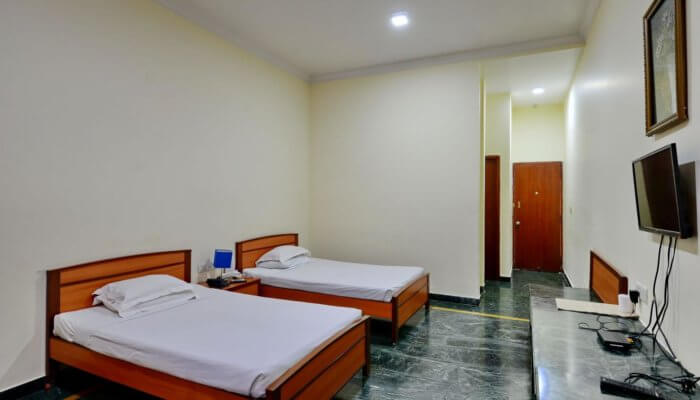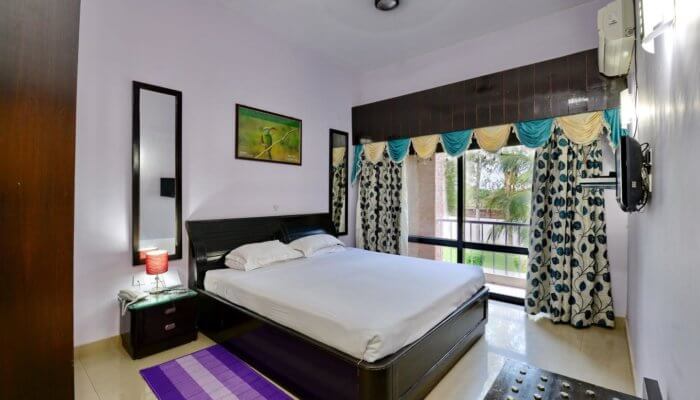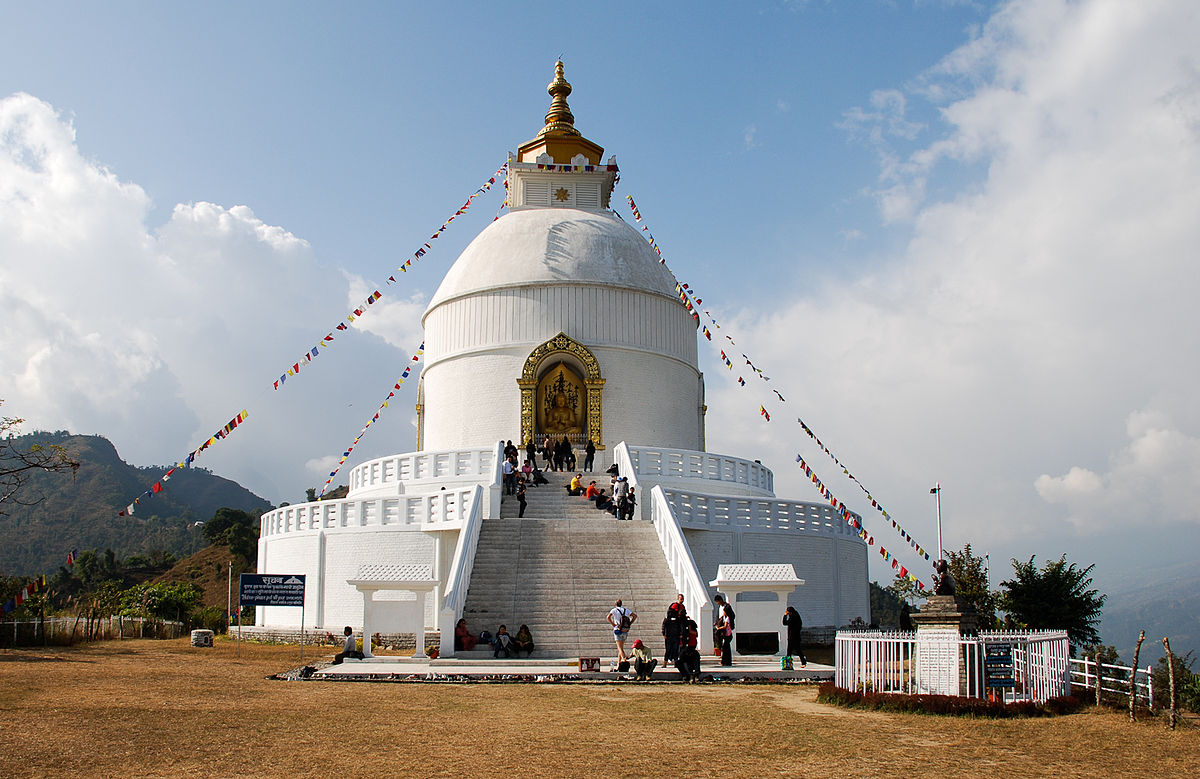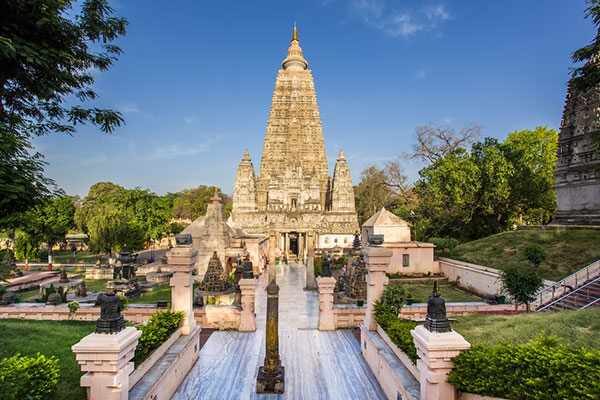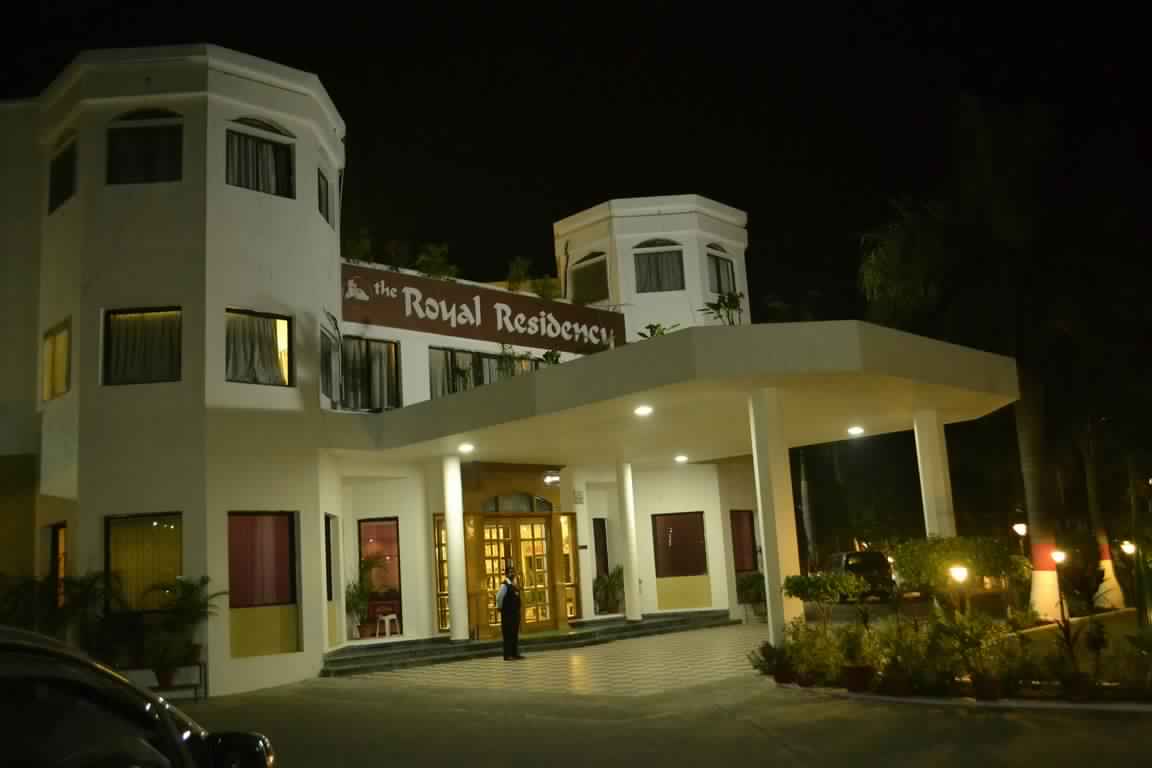
Check Abailability
Indo Hokk Hotel - Rajgir
Alcohol is Prohibited as per Bihar State Government Rules & Regulations
Rajgir
The name Rajgir originated from Rājagṛiha ‘place of the lord’ or “illustrious house”, or the word rajgir may have its source in its plain strict signifying, “imperial mountain”. It was the antiquated capital city of the Magadha lords until the fifth century BC when Udayin(460-440 BC), child of Ajatshatru, moved the money to Pataliputra.[4] back then, it was called Rajgriha, which deciphers as ‘the home of Royalty’. Shishunaga established Shishunaga tradition in 413 BCE with Rajgir as its underlying capital before it was moved to Pataliputra.
Rajgir is additionally well known for its relationship with Haryanka tradition Kings Bimbisara and Ajatashatru as their capital city. Ajatashatru kept his dad Bimbsara in bondage here. The sources don’t concur which of the Buddha’s illustrious peers, Bimbisara and Ajatashatru, was in charge of its development. Ajatashatru is likewise attributed with moving the cash-flow to Pataliputra (present day Patna).
It is likewise referenced in Jain and Buddhist sacred writings, which give a progression of place-names, however without land setting. The endeavor to find these spots depends to a great extent on reference to them and to different areas in progress of Chinese Buddhist pioneers, especially Faxian and Xuanzang.
It is based on Xuanzang specifically that the site is separated into Old and New Rajgir. The previous exists in a valley and is encompassed by low-lying slopes, Rajgir slopes. It is characterized by an earthen dike (the Inner Fortification), with which is related the Outer Fortification, a complex of cyclopean dividers that runs (with extensive breaks) along the peak of the slopes. New Rajgir is characterized by another, bigger, bank outside the northern passage of the valley and by the advanced town.
Our Rooms
Premium Room – Two Single Beds
Standard Room – One King Bed
Tourist Attractions Near Rajgir
Griddhakuta Hill
Off the main road between Rajgir & Bodhgaya, towards the south are the venerated Griddhakuta Hill, or Vulture Peak & Ratnagiri. The metalled road follows the path originally laid by Bimbisara as a footway through the jungle.
Karanda Tank
A couple of kilometers away is the Karanda Tank where Lord Buddha bathed. Close by is Venuvana Vihara or the Monastery of the Bamboo Groove. This was Bimbisara’s first offering to Lord Buddha.
Nalanda Mahavihara
Only 11 Kms away from Rajgir – Nalanda is the most renowned university in ancient India. It derives its name from Na-alam-da, which means Insatiable in Giving, one of the names by which Lord Buddha is known. This monastic university, is a magnificent architectural structure. It is also described as “rows of monastries with their series of turrets licking the clouds”.
Kutagarshala Vihara, Vaishali
Situated on the northern banks of the Ganges – 150 Kms away from Rajgir – Vaishali was visited by Lord Buddha 5 years after his enlightenment. Kutagarshala Vihara was built by Lichchavis for Sakyamuni. Known as Buddha Stupa 2, this site has revealed extensive remains of a monastery with an open courtyard and verandah. the stupa was built to mark the site where Buddha delivered his last discourse. The Lion of the 11 meter tall Ashoka pillar faces north.

